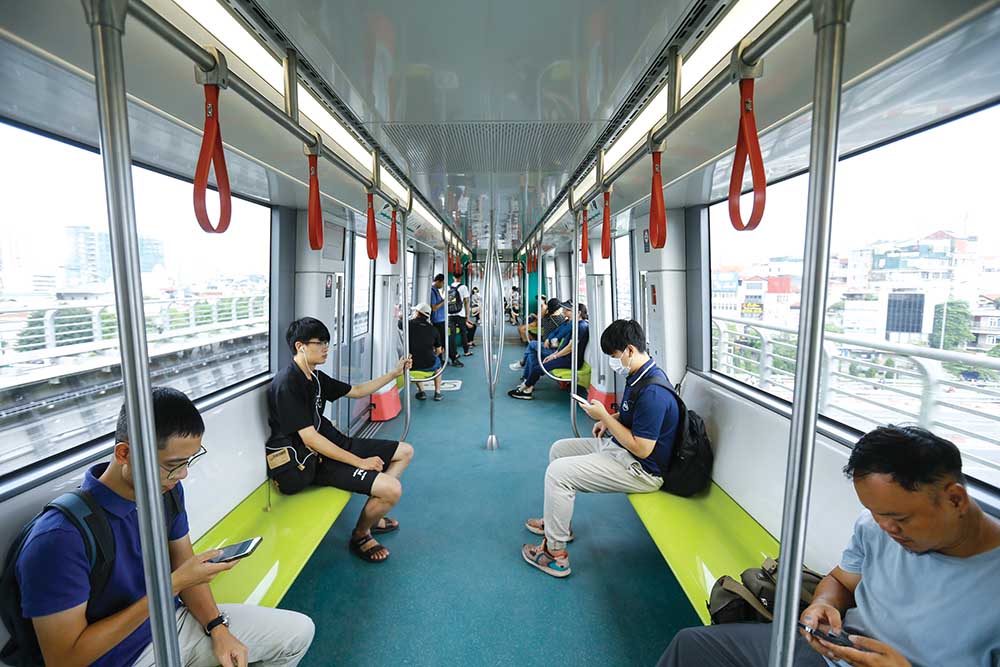 |
| Many policies are being proposed to encourage the private economic sector to join the State in investing in high-speed railway and urban railway projects. In the photo: The Nhon - Hanoi Railway Station urban railway has put into operation the elevated section Nhon - Cau Giay. Photo: Duc Thanh |
Removing institutional "bottlenecks"
Exactly one month after receiving instructions from competent authorities, in the middle of this week, Minister of Construction Tran Hong Minh signed Document No. 39/TTr-BXD reporting to the Government on the Draft Resolution of the National Assembly to pilot a number of specific and special mechanisms and policies to invest in developing the railway system.
The report stated that the Resolution aims to pilot a number of specific and special mechanisms and policies to be applied to a number of urgent railway projects, including the Hanoi - Dong Dang route, the Hai Phong - Ha Long - Mong Cai route and a number of urgent railway routes according to decisions of competent authorities to ensure synchronization, unity and proactive implementation.
If passed, the Resolution will resolve a number of new issues arising in practice, successfully implement new directives from competent authorities; continue to mobilize investment resources, minimize procedures, investment preparation time, implementation progress, and train human resources to implement projects.
At the same time, the Resolution also contributes to promoting decentralization and delegation of power to localities in implementing investment in accordance with the actual situation, characteristics and development requirements, promoting the proactiveness and positivity of localities, ensuring investment efficiency.
In particular, with the total investment capital demand for national railway projects and urban railway systems in Hanoi and Ho Chi Minh City reaching more than 5.5 million billion VND to be implemented from 2025 to 2045, this resolution also aims to institutionalize the Party's guiding views; policies and guidelines on railway development, science - technology development and innovation, on innovation in law making and enforcement to meet the requirements of national development in the new era and on private economic development.
According to the head of the construction industry, the practice of investment in construction of national railway and urban railway projects in the recent past has shown that there are still many difficulties and problems, focusing on key issues such as: resource mobilization; investment procedures and processes; planning implementation; site clearance; human resource training, technology transfer, railway industry development, etc.
To accelerate the implementation of planned railway projects (Hanoi - Dong Dang, Hai Phong - Ha Long - Mong Cai, Ho Chi Minh City - Can Tho, Bien Hoa - Vung Tau, Thu Thiem - Long Thanh, Suoi Tien - Thu Dau Mot...), there must be specific, special, and outstanding mechanisms and policies. In addition, the investment in the construction of new railway lines has been assessed by competent authorities as difficult, with some projects identified as unprecedented and the Government has been allowed to continue to propose adjustments and additions to specific, special mechanisms and policies.
According to the leader of the Ministry of Construction, the development and promulgation of specific and special mechanisms and policies to be applied generally to investment in the construction of railway projects is very necessary and urgent to remove institutional bottlenecks and realize the investment goal of completing the national railway network and urban railways according to the plan.
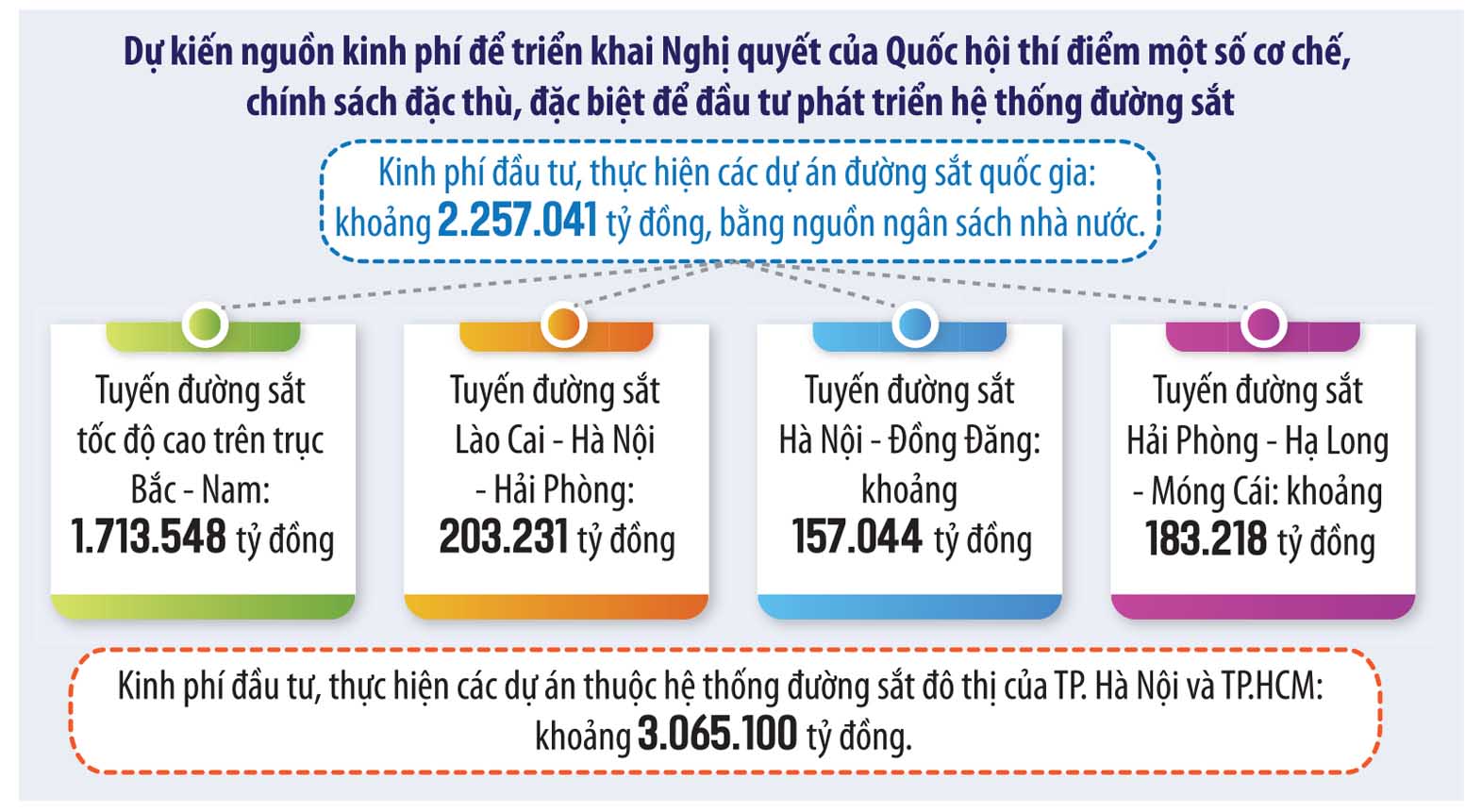 |
Activating private resources
Among the 19 unique, special, unprecedented mechanisms and policies considered as "contract 10" in the field of railway infrastructure investment, in Document No. 39/TTr-BXD, the Ministry of Construction has devoted 1 article with 7 items to regulate railway project investment using non-state capital.
Prominent in this group of policies, the Ministry of Construction proposed that the Government submit to the National Assembly to encourage organizations and individuals to participate in investing in national railway projects, urban railways, and urban railways according to the model of Urban Development with public transport orientation (TOD) using non-state capital according to the provisions of the law on investment, investment under the public-private partnership (PPP) method.
National railway, urban railway, and urban railway investment projects under the PPP method will have the State guarantee all compensation, support, and resettlement costs from the state budget for land reserved for railways.
"In case the project is implemented under the PPP method, the compensation, support and resettlement costs will not be included in the proportion of state capital participating in the project," the Ministry of Construction proposed in the Submission.
In the Report on receiving and explaining the appraisal opinions of the Ministry of Justice on the Draft Resolution of the National Assembly on piloting a number of specific and special mechanisms and policies for investment in developing the railway system, the Ministry of Construction said that this is an important content to institutionalize Resolution No. 68-NQ/TW dated May 4, 2025 of the Politburo on private economic development, including policies on expanding the participation of private enterprises in important national projects, preferential policies to encourage the private economic sector to participate with the State in high-speed railway projects, urban railways, etc.
This is also the wish of large private enterprises to join hands with the country to develop railway lines - the country's key infrastructure investment sector in the coming time.
According to Ms. Dao Thuy Van, Deputy General Director of VinSpeed High-speed Railway Investment and Development Joint Stock Company (VinSpeed), by proposing to invest in the high-speed railway line on the North-South axis under the PPP method, this investor wants to build a high-speed railway industry, soon put into operation the vital route, contributing to promoting economic growth and improving people's lives.
“This is a historic moment for the Vietnamese private sector, because we deeply feel the determination, support and expectations of the Party, the State and the People. Therefore, despite knowing that there are many difficulties and challenges, we have boldly and proactively registered for investment and committed to making every effort, being drastic, creative and taking action to develop the North-South High-Speed Railway Project,” emphasized the Deputy General Director of Vinspeed.
To encourage and protect dynamic and creative cadres for the common good, in Document No. 39/TTr-BXD, the Ministry of Construction proposed to include in the Resolution a mechanism allowing heads of agencies, units, cadres, civil servants and public employees participating in projects to be considered for exclusion, exemption and reduction of responsibilities according to Party regulations and legal regulations.
Cases that are subject to this mechanism include: acts determined by competent authorities to dare to think, dare to do, dare to take responsibility for the common good; must comply with decisions of superiors and have reported to the decision maker before compliance; implement proposals on innovation, creativity, and solutions to accelerate project implementation progress that are permitted by competent authorities and in accordance with the policies of competent authorities, with pure motives, for the common good.
“The regulation of exemption and reduction of responsibility for heads of agencies, units, cadres, civil servants and public employees participating in the development and promulgation of mechanisms and policies and when participating in projects in some specific cases helps to encourage, protect and motivate cadres and civil servants to dare to think and dare to act for the common benefit of the people and the country; limit the fear of making mistakes, which delays progress, thereby contributing to the goal of completing projects,” the leader of the Ministry of Construction explained.
1. The group of 11 policies stipulated in 3 resolutions on specific and special policies for investment and development of the railway system has been approved by the Politburo and passed by the National Assembly, without any problems or issues:
- Mobilizing and arranging capital for urban railway investment;
- Procedures for investing in urban railway projects and urban railway projects following the TOD model;
- Urban development according to TOD model for national railway;
- Urban development according to TOD model for urban railways;
- Activities performed before deciding to invest in a project;
- Architectural design competition;
- Construction materials and landfills;
- Change the purpose of forest use to another purpose and temporarily use the forest;
- Develop science, technology and train human resources for the project;
- Industrial development and technology transfer;
- Ensure prevention of corruption, waste and negativity.
2. The group of 8 policies has been revised and supplemented to remove practical obstacles, speed up progress and respond to new instructions from competent authorities:
- Mobilizing and arranging capital for national railway investment;
- Adjust planning;
- Divide the project into component projects and sub-projects;
- Selection of contractors and investors;
- Front-end engineering design (FEED);
- Prepare total investment, construction estimate, bid package estimate;
- Compensation, support and resettlement work;
- Perform several project preparation tasks at the same time.
Source: https://baodautu.vn/ky-vong-chinh-sach-khoan-10-trong-dau-tu-duong-sat-d284140.html


![[Photo] Top players gather at the 2025 Nhan Dan Newspaper National Table Tennis Championship](https://vphoto.vietnam.vn/thumb/1200x675/vietnam/resource/IMAGE/2025/5/23/9ad5f6f4faf146b08335e5c446edb107)









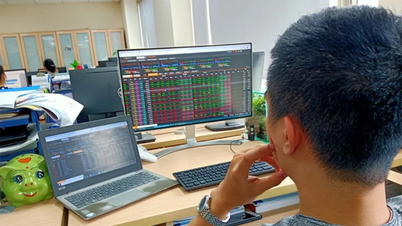



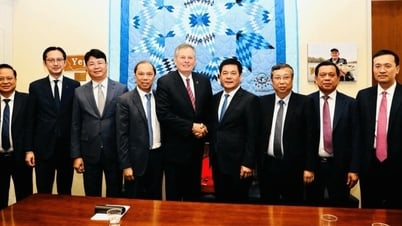








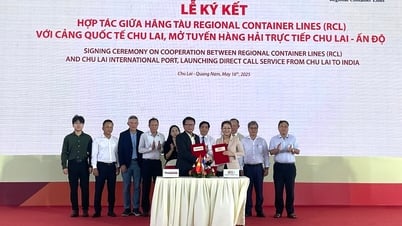














































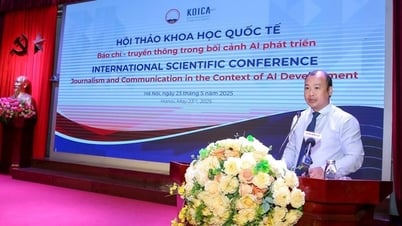
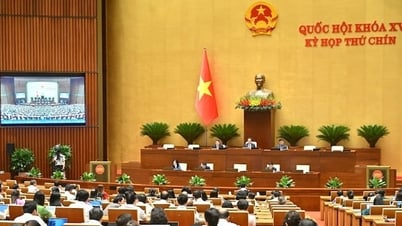



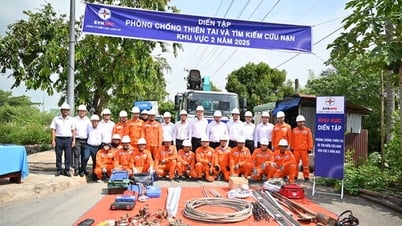

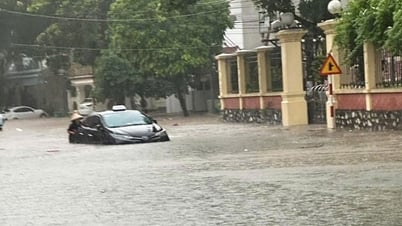
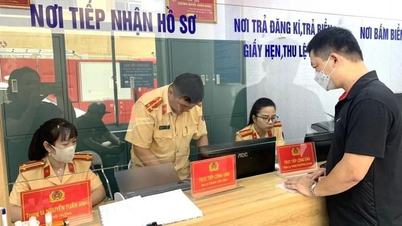














Comment (0)